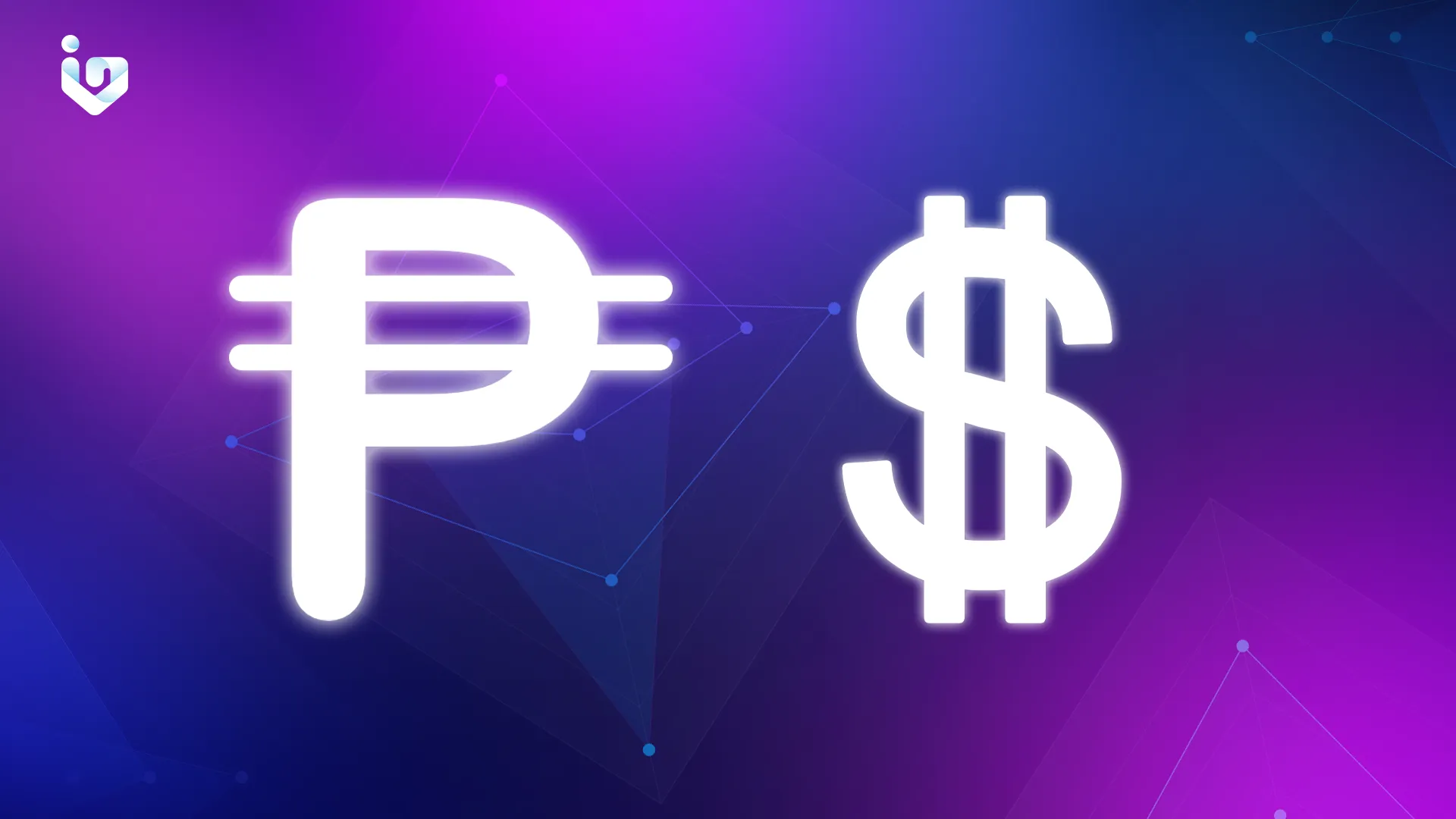The USDPHP exchange rate hit its highest level ever and is STILL continuing to climb. Last September 27, the rate reached as high as PHP59 per 1 USD. Year to date, the Philippine Peso has devaluated by roughly 14%. However, the case here is not due to domestic issues but mostly cause of the green back’s strength. The U.S. dollar has been very strong across all currency pairs. The Dollar Currency Index has rallied by more than 19% throughout the year. We’ve seen some unusual things happen due to this. The Euro and Dollar reached parity (1:1) for the first time in two decades. Although technically not allowed, the Bank of Japan conducted a currency intervention to support the yen.
Since the majority of currencies around the world have been weak against the USD this year, this begs the question: how does the Philippine Peso rank against the other major currencies? To gain insights, we ranked some of the popular currencies.
Understanding how currency values are tracked
Before looking at performance comparisons, let’s first understand how currency values are tracked. In the foreign exchange market, tickers consist of the two currencies’ abbreviations. It can be read as how much the first currency would cost in the second currency. For example, the USDPHP hitting 59 would mean it would take 59 PHP to buy 1 USD.
To arrive at a better gauge of how different currencies have performed versus the dollar, we used the rates for how much of a certain currency is needed to buy 1 USD. This is for the purpose of the performance having a uniform method while also highlighting more of the different currencies’ performance rather than the dollar’s.
How does the USDPHP stack up against other currencies?
Despite USDPHP reaching all-time highs, the Peso isn’t the weakest currency in the market right now. The Japanese Yen has devalued the most by a large margin, going down by -28.66% versus the Dollar. The British Pound and New Zealand Dollar followed suit, with YTDs of -20.64% and -17.81% respectively. While a majority have devalued against the dollar by double digits, some have been relatively resilient. The Hong Kong Dollar rarely sees any volatility so its no surprise that it has been relatively stronger. The Singaporean Dollar and others however have fared well against the U.S. Dollar. Overall, the Philippine Peso is only in around the middle of the pack in terms of performance. However, when comparing only South East Asian countries, the PHP has lost value the most amongst its peers.
What has been the main mover of the USDPHP?
There are many factors that can affect the valuation of a currency. However, the main catalyst in FX market lately has been interest rates. The Philippines has been raising rates, but not as aggressively the United States. Whenever a country raises interest rates, its bonds become more attractive to investors. As foreign funds buy those bonds, they need to first buy the country’s currency. In effect, this raises demand for the currency causing its value to rise. Since inflation went out of control months ago, the Fed (U.S. central bank) had to raise interest rates at a fast rate. As rates keep on increasing, people have flocked to U.S. treasuries – pulling up the value of the dollar.
With interest rates at a disparity, the dollar gained strength causing it to rally – and the Philippine Peso to fall.
What are the implications of the USDPHP’s rise on the economy?
Many of our OFWs will benefit from the higher exchange rate. However, since most global trade is denominated in USD, importation costs are expected to rise. With the Philippines being a net importer, businesses and households shoulder the burden of increased prices domestically. This would often cause inflation to rise faster than usual.
The country’s debt is also affected given that debt is often denominated in dollar. With the dollar aggressively rising, a lot of countries have been put at risk of a default. Although the Philippines isn’t likely to experience a default, the increased cost is still a burden.
What we should expect moving forward
Jerome Powell, the U.S. Fed’s chairman, made it known that they will continue to be hawkish. Meaning, everyone should expect interest rates in the U.S. to stay at elevated levels. Further rate increases are also possible given that they have fully committed to bringing inflation down. Until we get confirmation that inflation has already been beaten, the U.S. dollar might continue to stay at a high valuation.
